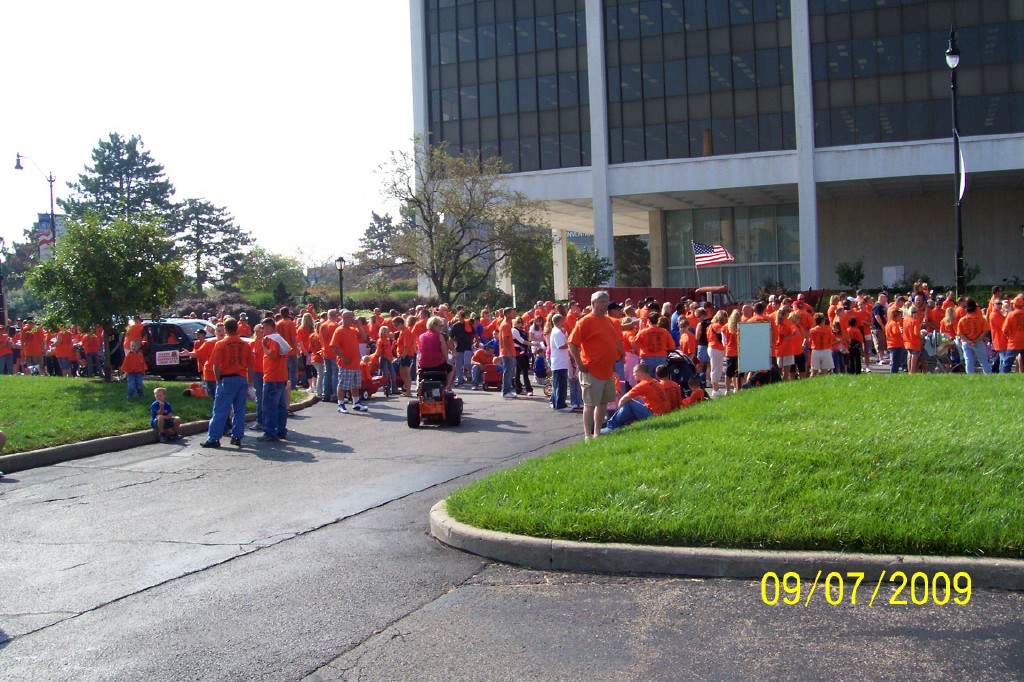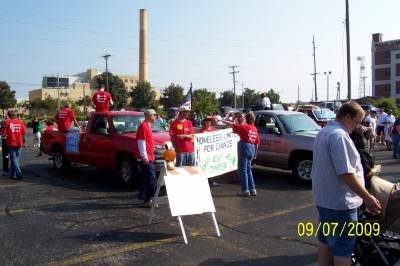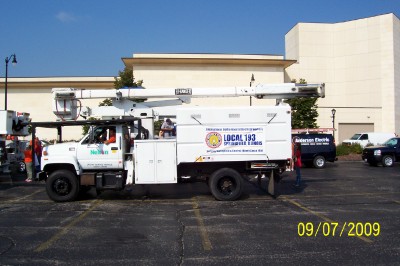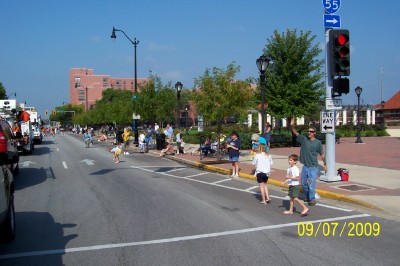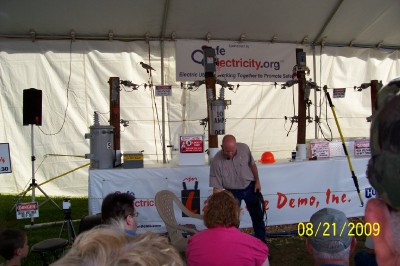There are 2 reasons for a product to run its course in a capitalist society. 1. the resource runs out like carrier pigeons in the wild or whale oil, 2. they become unfashionable or unsaleable. You could think of this as Peak Raccoon Skin or Peak Hats. If people quit buying the stuff, the manufacturers have to quit making it. Many times the manufacturers don’t even admit that their way of life has ended they simply vanish…Can anyone say Pet Rock? The immediate effect of the recent Cash For Clunkers program was to immediately and permanently decrease the demand for gasoline in the US.
http://www.fool.com/investing/general/2009/10/06/peak-gasoline-is-here.aspx
Peak Gasoline Is Here
October 6, 2009The jury’s still out on peak oil, but the concept of peak gasoline has some very credible proponents.
Last Thursday, ExxonMobil (NYSE: XOM) CEO Rex Tillerson argued that U.S. gasoline consumption peaked in 2007. In his words, “motor vehicle gasoline demand is down, is headed down, and is going to continue to head down.”
This isn’t a new position for the prominent oil patch poobah. Back in April, The Wall Street Journal cited Exxon’s belief that U.S. light duty gasoline demand will drop by 22% by 2030.
Tillerson isn’t alone in the peak-gasoline camp, either. The government’s own estimates indicate that gasoline consumption peaked in 2007, at 371.2 million gallons per day. Cambridge Energy Research Associates has concluded that 2007 was probably the peak, barring a collapse in the oil price.
The main drivers (ahem) of this trend are the dovetailing desires for reduced oil dependence, lower emissions, and better fuel efficiency. The high oil prices of 2008 — and even today’s prices, which are quite high by historical standards — have been a major force to shift consumer preferences toward more compact and efficient vehicles, including hybrids. Lithium-ion battery whiz A123 (Nasdaq: AONE) certainly has high oil prices — and government greenbacks — to thank for its recent warm reception on Wall Street.
A parallel development is the army of venture capital-backed science projects seeking all manner of petroleum alternatives to stick in your fuel tank. Renewable fuel standards — optimistic, given current funding levels –hold out the promise of a robust end market for these products.
:}
Yah know how I know?
http://philadelphia.bizjournals.com/philadelphia/stories/2009/10/05/daily22.html
Tuesday, October 6, 2009, 4:40pm EDT
Sunoco idling Eagle Point plant, furloughing 400 workers
Philadelphia Business Journal – by Peter Key Staff Writer
Sunoco Inc. said Tuesday it is indefinitely idling its Eagle Point refinery in Westville, N.J., and furloughing all 400 workers there.
The Philadelphia-based oil refiner and gasoline retailer also said it is halving its quarterly dividend to 15 cents from 30 cents, starting with the first quarter of next year.
Sunoco (NYSE:SUN) said it decided to idle Eagle Point in response to the margin pressure faced by refiners from the sagging economy, weak demand and increased global refining capacity.
The company said it will shift production from Eagle Point to its refineries in Philadelphia and Marcus Hook, Pa. It said it will be able to produce the same amount of refined products at those two refineries that it had been producing at them plus Eagle Point and still meet demand.
Sunoco said it will keep Eagle Point idle until market conditions improve and will consider other options for the refinery, including using it to produce alternative fuels.
The company said it will continue to pay its contribution to medical benefits for the Eagle Point employees for the duration of their furlough. It also will offer them a voluntary severance program that includes job-placement assistance and retraining.
Sunoco said it expects to incur pre-tax charges of $475 million to $500 million, most of which will be noncash, from idling Eagle Point. It will record most in the recently ended quarter and the rest in the current quarter.
:}
It must be tough to become obsolete.
:}







